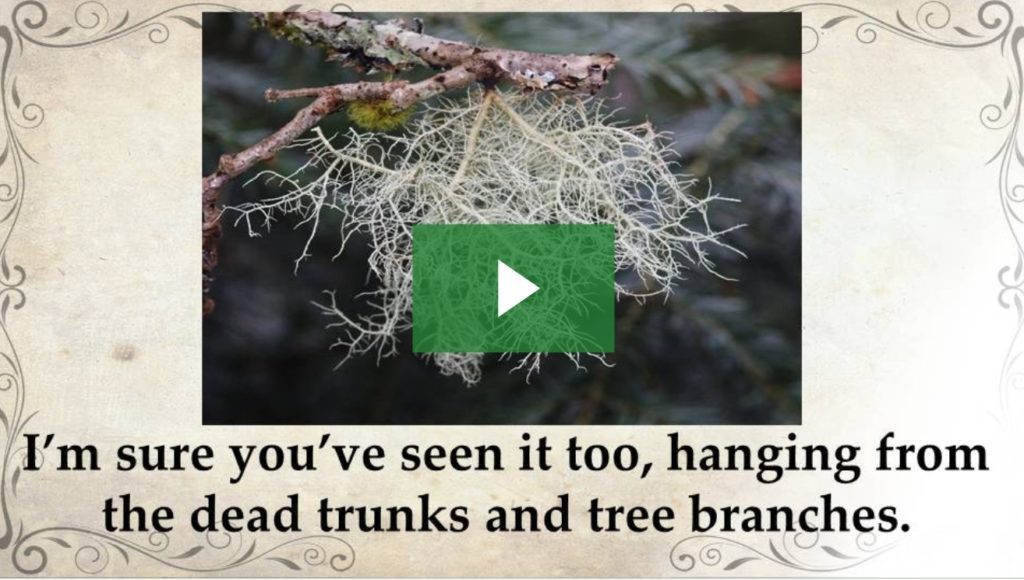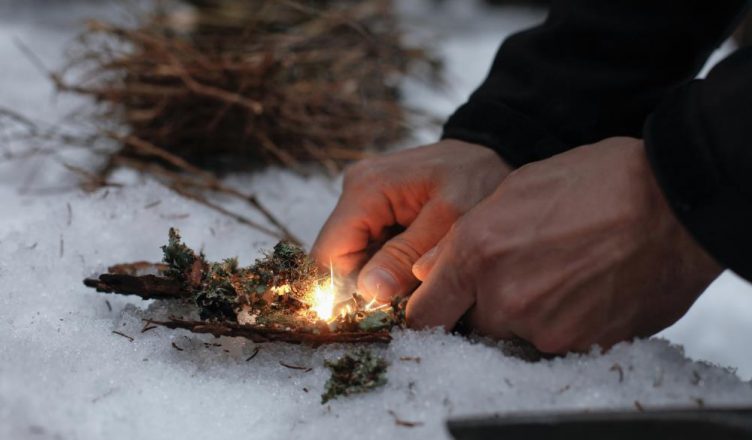There are many bushcraft skills that can benefit preppers. Detailed below are five skills that can help you survive when SHTF. (h/t to PreparedSurvivalist.org)
Prepping and bushcraft
They may seem similar, but prepping and bushcraft are two different things.
A prepper is someone who prepares for a disaster. Your preparation often involves various supplies and modern equipment.
Meanwhile, someone who practices bushcraft spends a lot of time in the wild trying to learn how people survived in the past. It is more of a hobby than a way of life.
Because they both entail skills and familiarity to execute well, they can sometimes overlap.
Bushcrafters may find themselves in unexpected survival situations, and preppers can benefit from learning some of the primitive skills used in bushcraft.

Making feathersticks
A featherstick is a stick with thin curls shaved into it. The thin shavings allow a thicker piece of wood to catch fire easily.
Firesticks are perfect for when you need to make a fire fast but don’t have a lot of kindling and tinder.
To make a featherstick, you need a sharp knife and a stick. You can use any knife and stick, but it’s best to use a stick that is at least half an inch in diameter. Make sure you use a sharp pocket knife.
Survival knives will work, but since they are larger it will be a little harder to control your knife strokes.
When looking for sticks or branches, try to look for trees like cedar, pine, sweet chestnut or willow. You need a stick that is dead, dry and well-seasoned.
Once you have your knife and a stick, hold the stick in your empty hand by one of its ends. Carefully shave very thin strips from the stick, but don’t shave them all of the way off.
Start by making a single shaving. When you leave the thin shaving attached, you’ll get a curled strip of wood at the end of the stick.
Shave another one behind it. After doing this several times, you will end up with a ball of feather-like wooden curls at the end of your stick.
Use your knife carefully so you don’t accidentally remove the “feathers.”
After you’ve made a ball of curls, use your preferred method to light the curls on fire.
The featherstick will light up pretty quickly, and the flames will be more than enough to start a larger fire if you have prepared some wood beforehand.
Firestarting
You need fire for many survival tasks, like staying warm, cooking, boiling water, hardening wooden tools, cleaning and as a source of light. Without fire, you may even die in a survival scenario.
Bushcraft purists may insist that you focus on bow drills and magnifying glasses, but you can keep things simple by learning how to use a ferrocerium (ferro) rod.
Ferro rods are cheap, long-lasting and more reliable than other ways of starting a fire.
Before you use the ferro rod, prepare your fire pit first. Stack branches into a pyramid with an opening for air and tinder.
Next, gather a bushel of dry plant fibers, cotton balls or other dry and fibrous materials. Put the tinder inside the stick hut, then get your ferro rod out. Use the striker or the spine of your knife to quickly scrape the rod towards the tinder that you gathered.
This will shower sparks all over it, and it should light up after several strikes. As the fire burns, place the kindling on top of the tinder until the main fuel starts to burn.
Fishing
Fishing is easier than hunting with traps, and it is not as dangerous. To fish, you will need a fishing line or cordage like a paracord.
The easiest way to fish when SHTF is with a gouge hook. While things will be easier if you have a full kit of tackle, you will need to learn how to improvise so you can fish even without your gear.
A gouge hook is a small twig that is sharpened on both ends. Unlike conventional fishing, you’re not trying to hook the fish in the lip. You want the fish to swallow the gouge hook.
To do this, tie the fishing line or cordage around the middle of the twig. This will force the twig to pull itself into a horizontal position when you start reeling in the fish. This ensures that the hook doesn’t slide out of the fish’s throat easily.
Wrap a worm or press bait onto the stick, and throw it into the shallower parts of the water.
A word of caution: You don’t want to catch big fish with this method. Natural cordage won’t be able to hold up to a 30-pound catfish, and a gouge hook is usually too small to work with bigger fish.
Fishing with a gouge hook is best for catching bream and bluegill. Note that this is not a humane way to fish, and you will almost certainly kill the fish you catch using this method. (Related: 20 Wilderness survival tips that might save your life after SHTF.)
Foraging
Protein sources could be scarce in a survival situation.
Hunting animals takes a lot of time and effort, and it’s not guaranteed to produce any results. If you prefer a faster and more reliable method of finding food, learn how to forage wild edibles.
Before SHTF, take classes and study detailed reference books so you can also learn how to identify poisonous plants and mushrooms that you need to avoid when foraging.
If you’re not completely sure if they’re edible, try to avoid eating strange berries, mushrooms or strange flowers in a survival situation. Once you are sure that a plant or mushroom is safe, you can break that rule at your own risk.
If you want to try eating something, eat a small sample first, then wait a while to see if you experience negative side effects.
Fortunately, some plants are universally safe to eat. Plantains grow all over the U.S. and you can recognize them by their long, leathery leaves. The nutritional value of plantains is similar to lettuce, and you don’t have to worry about them making you sick.
Additionally, you can eat anything you usually find in your kitchen such as apples, bananas, coconuts, oranges, peaches and other common fruits and vegetables that are instantly recognizable in the wild.
If you insist on foraging, learn how to differentiate between edible plants and poisonous berries and mushrooms. Never eat a berry or mushroom if you are not sure it is safe to eat.
Leafy greens are usually safe to eat, but you should avoid plants that produce creamy liquids or taste extremely bitter. This is the plant’s attempt to warn you that it’s going to cause issues if you eat it.
Making a tree bark bag/container
A tree bag or container is a strip of bark that is folded and sewn to form a DIY bag.
While bark containers aren’t as durable or leakproof as modern containers, they can work in a pinch.
There are different types of bark containers and you can make your own designs with a little creativity.
Follow these steps to make a basic birch bark container:
Find tree bark
It’s best to use birch bark because it is very flexible and the tree doesn’t die when you remove its bark.
Carefully peel some bark off the tree. Look for healthy trees to ensure that the bark isn’t rotting or of poor quality.
Trim the bark
Use a knife to carefully trim the bark into an even strip.
Sew the bark
After you have processed the bark, get your cordage and a needle.
If you have an awl, it will be easier to poke holes in the bark. Otherwise, you can use the tip of your knife.
Roll the processed bark until the two ends overlap all the way around the cylinder that they form. Use your knife tip to poke holes along the area where the two ends line up, then try to make the holes relatively close together.
Make sure the container is sealed as close as possible when it’s sewn.
If you have a needle, use it to move your cordage through the holes you poked in the bark. This will make the process easier, but it is not necessary.
Make basic cross stitches through each of the holes in the bark, then pull the stitches together tightly as you work.
You can make the bottom and lid in different ways. Either cut out circles of wood and jam them in, or sew more birch bark over the openings. Wooden cutouts will look nicer, but this may take extra work and can be a hassle to do in a survival situation.
Learn important bushcraft skills like firestarting and making feathersticks so you can survive after SHTF.
Watch the video below to learn how to start a fire when it’s raining and in wet weather.

source : Zoey Sky



